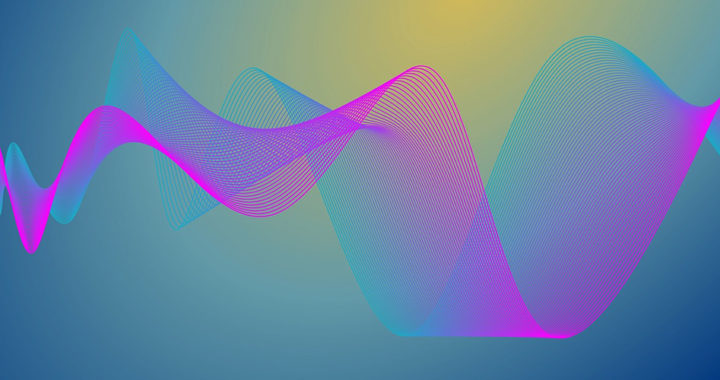The difference between radio waves and microwaves are often blurred. Within the telecommunications industry, for example, all microwaves are generally called radio waves. Take note that both of them are also types of electromagnetic radiation. However, the two have some distinctive technical characteristics or properties and specific applications that give them their respective and dedicated spot within the electromagnetic spectrum.
Radio Waves vs Microwaves: A Comparison and Discussion of Key Differences
1. Frequency and Wavelength
Specific types of electromagnetic radiation with frequencies ranging from 3 Hz to 300 GHz in the electromagnetic spectrum are generally classified as radio waves. However, radio waves with frequencies between 300 MHz and 300 GHz or those falling under the very high frequency and extreme high-frequency range are technically classified as microwaves. Hence, they are essentially radio waves with higher frequencies
The wavelength of radio waves ranges from 100 kilometers and 100 meters for low to medium frequencies, to 10 meters to 1 millimeter for high frequencies. Within this range, microwaves have wavelengths between 1 meter and 1 millimeter. From a technical standpoint, “radio waves” have longer wavelengths while “microwaves” have shorter wavelengths.
Note that to understand further the difference between radio waves and microwaves, it is important to note that as the frequency of an electromagnetic radiation increases, its wavelength decreases. Energy requirement or consumption also increases as frequency goes higher. Hence, those low-frequency to mid-frequency waves are commonly referred to as radio waves and essentially, they have longer wavelengths. On the other hand, microwaves have higher frequencies and shorter wavelengths.
2. Applications
Both types of electromagnetic radiation are used in wireless communication. However, radio waves are used for long-distance communication within the ground due to their longer wavelengths. On the other hand, microwaves are used for short distance communication such as in mobile broadband and GSM standards, WLAN via Wi-Fi network, as well as wireless personal network protocols such as Bluetooth and Wi-Fi Direct.
Take note that microwaves are also used in long-distance communication, especially through relay links. Radio waves within frequencies between 3 KHz and 300 MHz are reflected by the ionosphere. However, microwaves can pass through the atmosphere because of their shorter wavelengths, thus making them suitable for satellite communication and satellite internet between the ground and beyond the atmosphere.
Another essential difference between microwaves and radio waves with lower frequencies centers on applications beyond wireless communication. To be specific, because of their higher frequencies, microwaves have more energy. Such is demonstrated in the application of microwaves in heating and wireless energy transfer, such as in the case of microwave ovens, as well as in wireless power transmission and direct-energy weapons.
A Note on the Difference Between Radio waves and Microwaves
The term “radio waves” has been historically applied to all types of electromagnetic radiation used in wireless communication, particularly in radio broadcasting and telecommunication. The prefix “micro” was later added to the term “wave” to refer to specific radio waves with higher frequencies and shorter wavelengths, thus giving birth to the term “microwave.” Nevertheless, these two terms are not mutually exclusive. Microwaves are essentially radio waves. This ambiguity warrants the use of qualifiers, particularly by mentionining the frequency or frequency range instead of simply calling a particular type of electromagnetic radiation either as a “radio wave” or a “microwave.”

